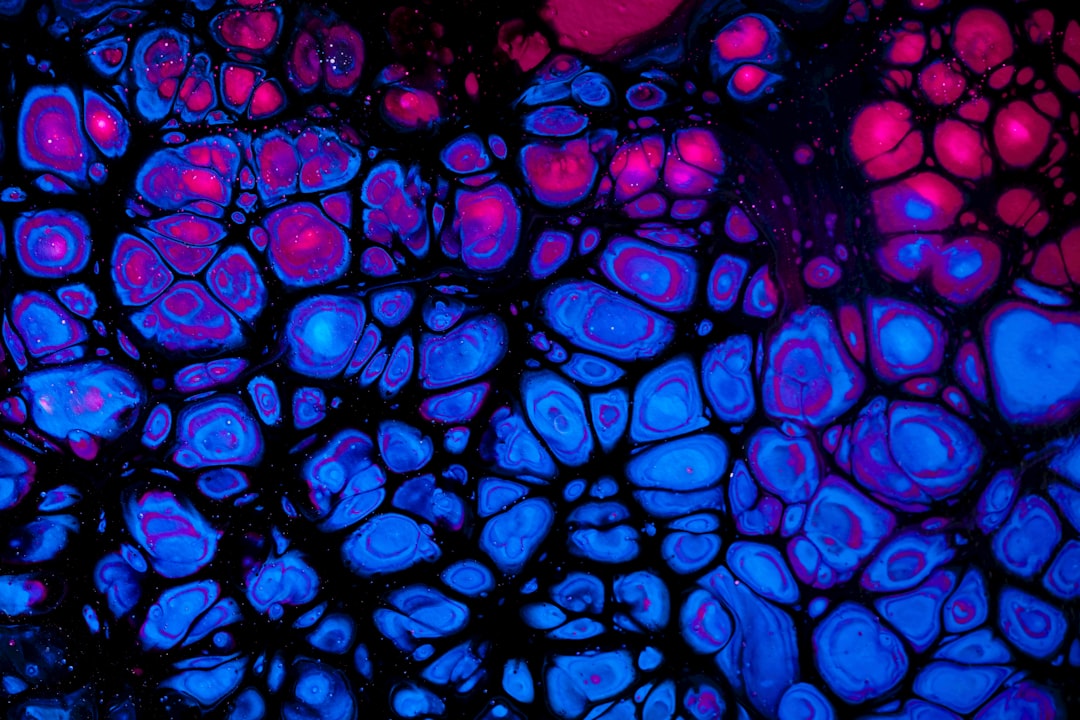What is it about?
Machine learning is an exciting major of research in modern science. It has become an indispensable tool for the data scientists. The power of machine learning is rapidly transforming a lot of modern science and it holds great promise for improving the efficiency and quality of clinical research. The combination of both transcriptomics and machine learning presents an unprecedented opportunity to enhance our understanding of the biology of disease and has proven useful in disease classification and biomarker discovery. This study focuses on Crohn’s disease patients who often experience a period of symptomatic relapse and remission. The recurrence rate of these patients is found to be 20–30% in the first year after surgery, with a 10% increase each subsequent year. The determinants and the genetic factors of this disease recurrence are not well-defined. So, the transcriptomics approach coupled with machine learning effectively predicts recurrence and identifies key genes that serve as novel diagnostic biomarkers for the post-operative recurrence of Crohn’s disease. This work acknowledges the RNA Sequencing dataset contributed by Marjolaine Ngollo and colleagues to the NCBI GEO which helped to identify distinct gene signatures predicting post-operative recurrence. This study combines the differential gene expression analysis with Recursive feature elimination (RFE), a machine learning approach to get five critical genes (PLOD2, ZNF165, BOK, CX3CR1, and ARMCX4) for the postoperative recurrence of Crohn's disease. We also performed weighted gene co-expression network analysis (WGCNA) to select specific modules and feature genes associated with Crohn's disease postoperative recurrence, smoking, and biological sex. The identified 5 genes are reported to be involved in the viral protein interaction with cytokine and cytokine receptors, lysine degradation, apoptosis, Peptidyl-lysine hydroxylation, Central nervous system maturation, G protein-coupled chemoattractant receptor activity, BCL-2 homology (BH) domain binding, Gliogenesis and negative regulation of mitochondrial depolarization. Machine learning and WGCNA results emphasize that the mitochondrial depolarization pathway is linked with CD recurrence leading to oxidative stress in promoting inflammation in CD patients.
Featured Image

Photo by National Cancer Institute on Unsplash
Why is it important?
The key genes identified in this study serve as the novel diagnostic biomarker for the postoperative recurrence of Crohn’s disease. Among other treatment options present until now, these biomarkers would provide success in both diagnosis and prognosis, aiming for long-lasting remission to prevent further complications in CD.
Perspectives
“In recent years, technological advancements like data gathering, storage, power process, and the development of more sophisticated algorithms have paved the way for new trends in machine learning especially in clinical research. My perspective of this approach in combining high-throughput omics data with ML and AI could emerge to unravel many novel mechanistic insights and help address unmet clinical needs in the near future”
ARUNA RAJALINGAM
Bangalore University
Read the Original
This page is a summary of: Identification of Potential Genes and Critical Pathways in Postoperative
Recurrence of Crohn’s Disease by Machine Learning And WGCNA
Network Analysis, Current Genomics, March 2023, Bentham Science Publishers,
DOI: 10.2174/1389202924666230601122334.
You can read the full text:
Contributors
The following have contributed to this page










